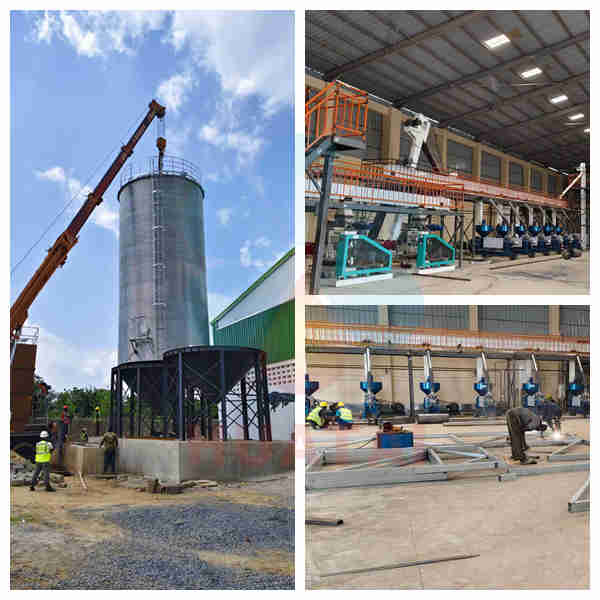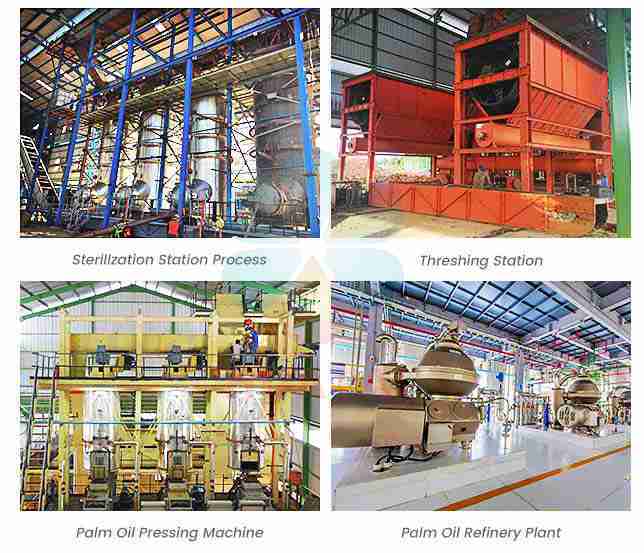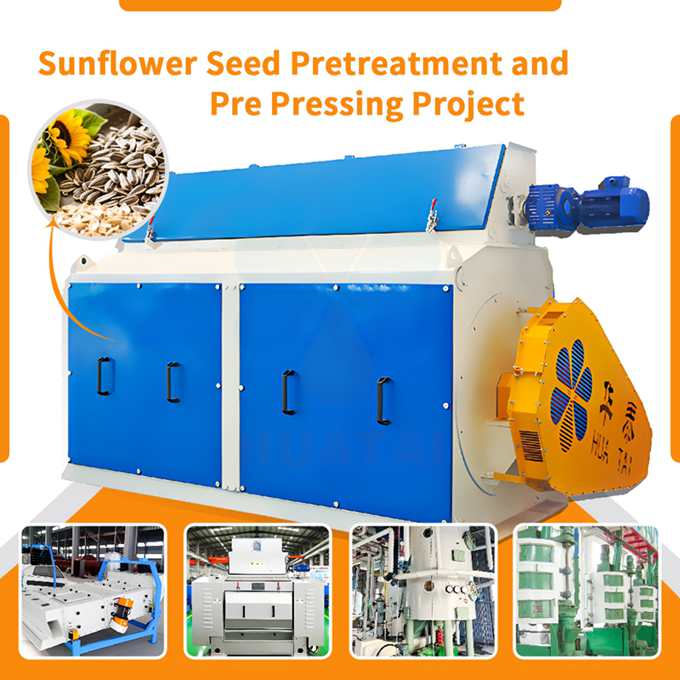Huatai cottonseed oil refining machine uses degumming, deacidification, decolorization, deodorization and other processes to efficiently remove impurities such as cottonphenol to ensure that the oil meets safety standards. The equipment is equipped with a unique dephenolization system. The refined cottonseed oil has a clear color, pure taste and higher safety.
Production Capacity: 1-600TPD
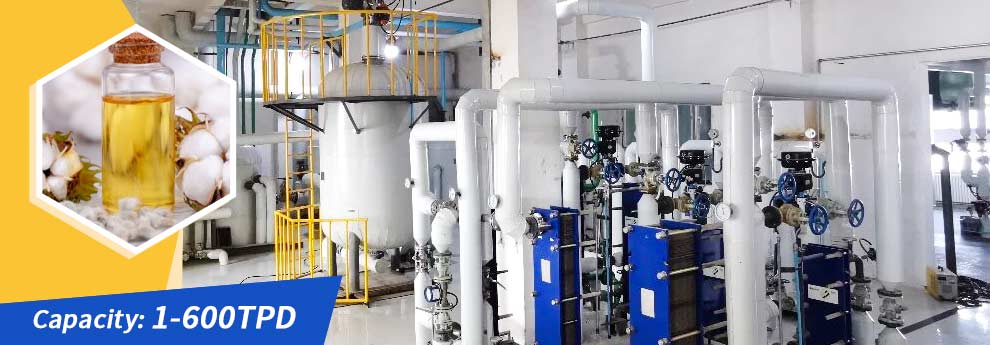
After cottonseed oil extraction process, crude cottonseed oil needs to be refined before eating. Because crude cottonseed oil not only contains many impurities, but also contains toxicity and is harmful to the human body. Therefore, cottonseed oil must be made to meet safety standards through a refining process.
The Cottonseed Oil Refinery Plant Process Includes: Degumming, deacidification, decolorization, deodorization and winterization. The following is an introduction to the cottonseed oil refining process.
 Main Equipment of Cottonseed Oil Refinery Plant:
Main Equipment of Cottonseed Oil Refinery Plant:
Degumming tank, dehydration tank, adsorption decolorization tank, deacidification tank, vacuum deodorization tank, winterization dewaxing tank
1. Degumming section
Degumming is the first process in the cottonseed oil refinery plant, and its purpose is to remove gum from the oil. Commonly used degumming methods are hydration degumming or phosphoric acid degumming. During hydration and degumming, first add hot water into cottonseed oil and stir at the same time. Peptide-soluble impurities are hydrophilic, condense into agglomerates when exposed to water, and can be removed after sedimentation and separation.
2. Deacidification section
Cottonseed oil deacidification has two methods: chemical deacidification and physical deacidification. During chemical deacidification, alkali solution must be added to the refining and deacidification tank to cause a neutralization reaction with free fatty acids to remove free fatty acids. During physical deacidification, high-temperature water vapor is introduced into the deacidification and deodorization tower, and the free fatty acids in the cottonseed oil are removed using the principle of water vapor distillation.
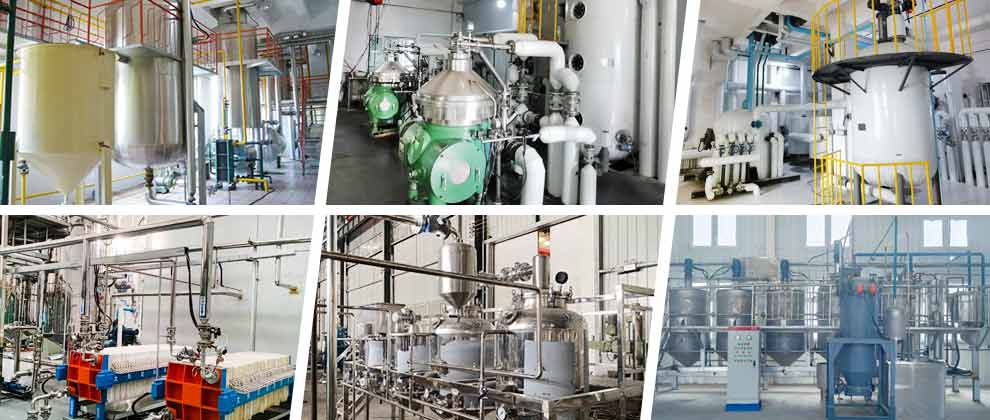
3. Decolorization section
Cottonseed oil decolorization is a process of removing pigments through clay adsorption. After decolorization, the color of cottonseed oil meets national standards. It should be noted that the decolorization process requires vacuum conditions. After decolorization, a leaf filter is used to filter the waste clay from the oil.
4. Deodorization section
Cottonseed oil deodorization is a process that uses the difference in volatility of oil and small odorous molecules to remove odorous substances. The deodorization section of small cottonseed oil refinery plant is carried out in deodorization tank, while large and medium-sized cottonseed oil refinery plant uses a deodorization tower.
5. Winterization section
The principle of winterization is similar to dewaxing. Winterization generally refers to the removal of high melting point triglycerides from cottonseed oil. During the winterization process, the cottonseed oil is first heated to melt the cottonseed oil crystals containing gossypol. It is then cooled to precipitate the gossypol-containing crystals, and the gossypol can be removed after filtration.
Cottonseed oil refinery plant is one of the very important part in the cottonseed oil production line. Through degumming, deacidification, decolorization and deodorization, impurities in the crude oil can be removed and the quality and stability of the oil can be improved. These processes are usually carried out using a combination of physical and chemical methods to ensure better effects. After refining requires quality inspection to ensure that it meets relevant national standards.

 Strength of Huatai Oil Machinery
Strength of Huatai Oil Machinery
Henan Huatai Cereals and Oils Machinery Co., Ltd. has been committed to the production and research and development of grain and oil machinery for 37+ years. It has mature production and manufacturing processes and skilled technical workers for edible oil processing machine, and is committed to providing customers with high-quality, cost-effective cooking oil equipment, mainly includes cooking oil press machine, edible oil extraction machine, vegetable oil refining equipment, complete edible oil production lines, etc. The equipment models are complete and the quality is good. Also, we provide customized services for edible oil mills to helps customers solve different product needs. Our edible oil processing machine are sold to more than a dozen countries and are well received by domestic and foreign customers.
All in all, to consult and purchase cottonseed oil refinery machine, you can go to Huatai Oil Machinery. Please leave your inquiry information, such as: your raw material, machine capacity (TPD, how many tons to process per day), processing technology (Pressing, extraction, refining) or full set of production lines, etc. We will contact you ASAP and send you the complete fetures and specifications of the equipment. Welcome to visit our factory and for latest quotation.

